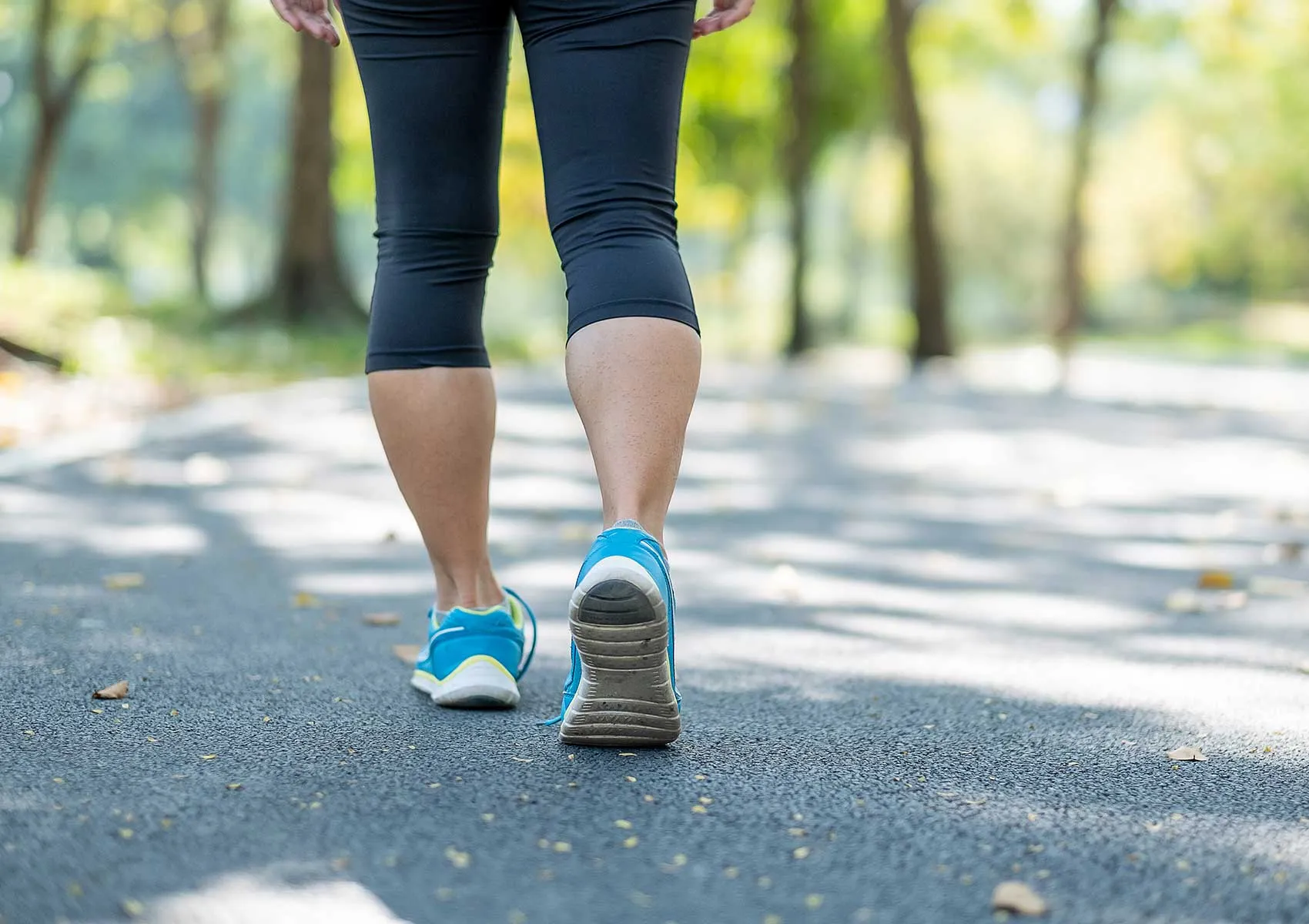When Can You Start Walking After Osteotomy Surgery?
Wondering when to walk after osteotomy? Learn the recovery timeline, walking phases, and key precautions for a safe and effective rehabilitation process.
Osteotomy is a surgical procedure used to correct misalignment in load-bearing joints, especially the knee and hip. It is commonly performed to shift the mechanical load away from a damaged cartilage area and redistribute forces onto a healthier part of the joint. This operation is particularly beneficial in younger and active patients, delaying or even avoiding the need for joint replacement. One of the most frequently asked questions following this procedure is: “When can I start walking after osteotomy surgery?”
Purpose of Osteotomy Surgery
Osteotomy involves cutting and reshaping a bone—either by removing or opening a wedge—to correct joint alignment. The main goals include:
- Reducing excessive pressure on the worn cartilage
- Improving joint biomechanics
- Postponing or avoiding the need for joint replacement
- Alleviating pain and improving functional mobility
A typical example is the high tibial osteotomy (HTO), used to treat varus (bow-legged) deformities in the knee.
What Determines Walking Timeline?
The timing for walking after osteotomy varies between patients and is influenced by several factors:
- Type of osteotomy (opening wedge vs. closing wedge)
- Use of bone grafts or implants
- Patient’s age and bone healing capacity
- Postoperative physical therapy adherence
- Preoperative muscle strength and balance
Walking Timeline: Week-by-Week Overview
While each recovery process is individualized, the following general phases can be expected:
Week 1 – Initial Mobilization
- Most patients are allowed to stand and partially bear weight on the first or second postoperative day.
- Walking begins with assistive devices such as crutches or a walker.
- Weight-bearing is typically minimal (~10–15%) to protect the surgical site.
Weeks 2–4 – Gradual Weight Bearing
- Progressive loading is introduced under supervision.
- 25% weight bearing is increased weekly as tolerated.
- Focus is placed on regaining range of motion (ROM) and maintaining joint mobility.
Weeks 5–6 – Supported Full Weight Bearing
- Patients begin walking with full weight, still using crutches.
- Walking distance and endurance are gradually improved.
- Muscular coordination and balance training are intensified.
Weeks 6–8 – Transition to Unassisted Walking
- If bone healing is satisfactory on X-rays, patients transition to walking without assistive devices.
- Gait training focuses on restoring symmetry and avoiding limping.
- Strength training continues to prevent muscle imbalances.
After Week 12 – Return to Advanced Activities
- Activities such as climbing stairs, short hikes, and brisk walking may be resumed.
- Return to sports or physically demanding activities is typically delayed until after the 4th month.
- Recovery is slower if concurrent cartilage or ligament procedures were performed.
Important Recovery Considerations
- Never rush full weight bearing before confirming bone healing radiographically.
- Regular follow-ups and imaging are necessary to track progress.
- Walking should be pain-free and symmetrical before discontinuing crutches.
- Any signs of swelling, cracking, or discomfort during walking must be assessed immediately.
Role of Physiotherapy in Walking Recovery
Physical therapy is essential for successful recovery and safe ambulation after osteotomy. Key goals include:
- Improving muscle strength in the quadriceps, hamstrings, and gluteals
- Restoring joint range of motion
- Enhancing balance and proprioception
- Correcting gait abnormalities
Therapists also monitor the appropriate time to wean off assistive devices based on strength and functional testing.
Scientific Evidence and Clinical Outcomes
Multiple studies show that patients who undergo high tibial osteotomy can typically begin unassisted walking between 6 and 8 weeks post-op, provided proper healing has occurred. Early weight-bearing, without confirmation of healing, may lead to complications such as implant loosening, delayed union, or loss of correction.
FAQ
-
When can I first stand after osteotomy surgery?
Patients are usually allowed to stand on the same or next day using crutches with minimal weight.
-
How long do I need crutches?
Crutches are typically required for about 6 weeks, depending on healing progress.
-
Is walking painful after surgery?
Some discomfort is expected, but persistent or worsening pain should be evaluated by your surgeon.
-
When can I walk without crutches?
Around 6–8 weeks if bone healing is adequate and strength is sufficient.
-
Can I return to sports after osteotomy?
Yes, but only after the 4th month with surgeon clearance, especially if high-impact sports are involved.

